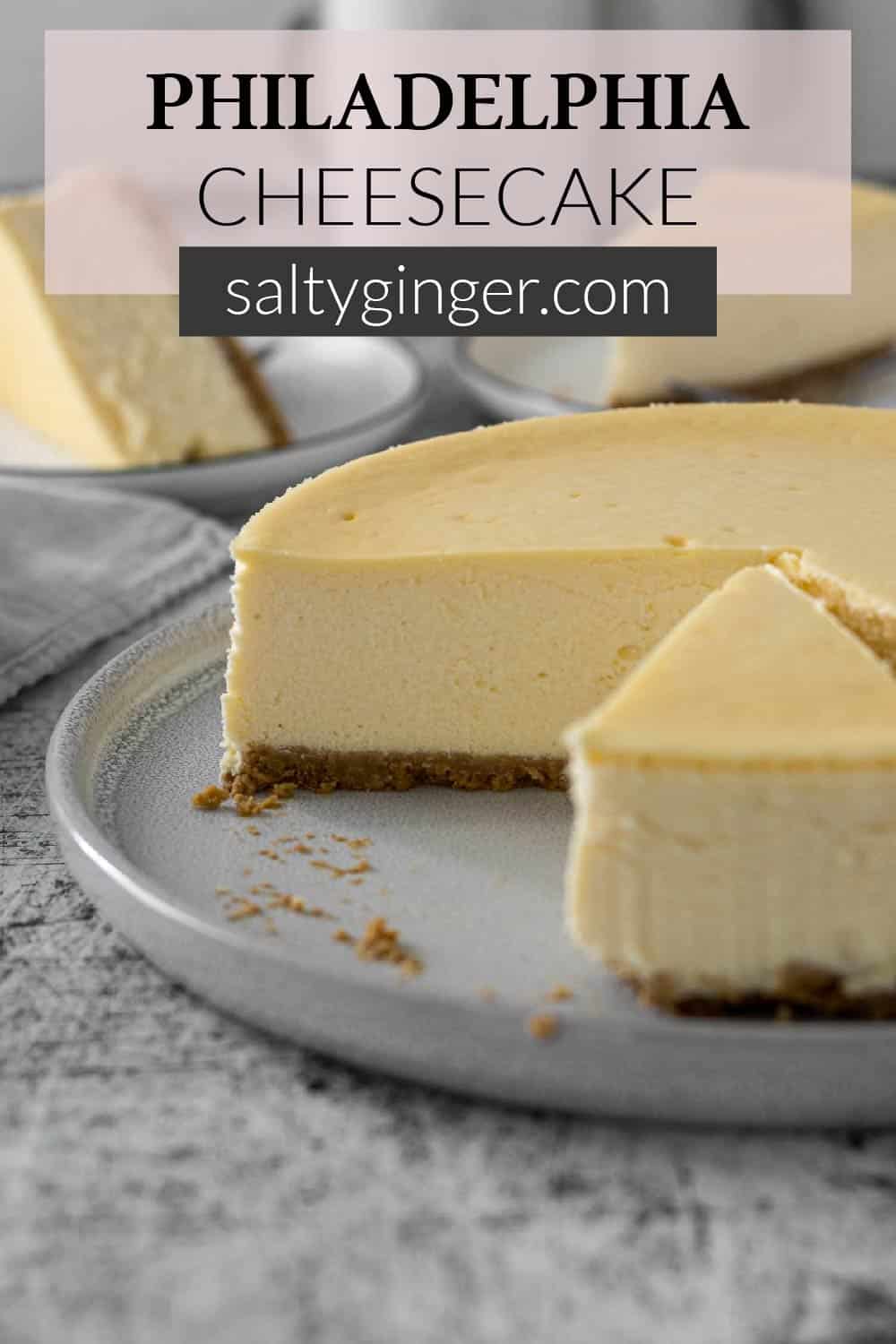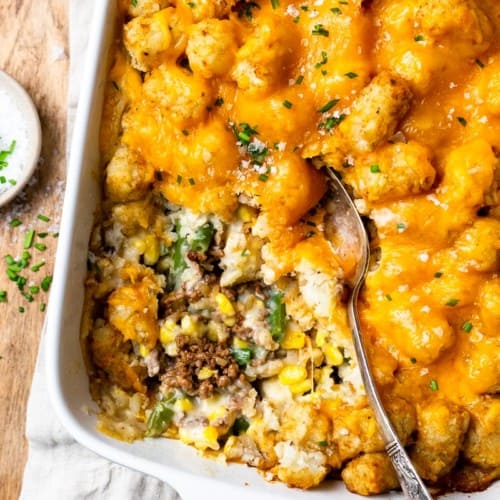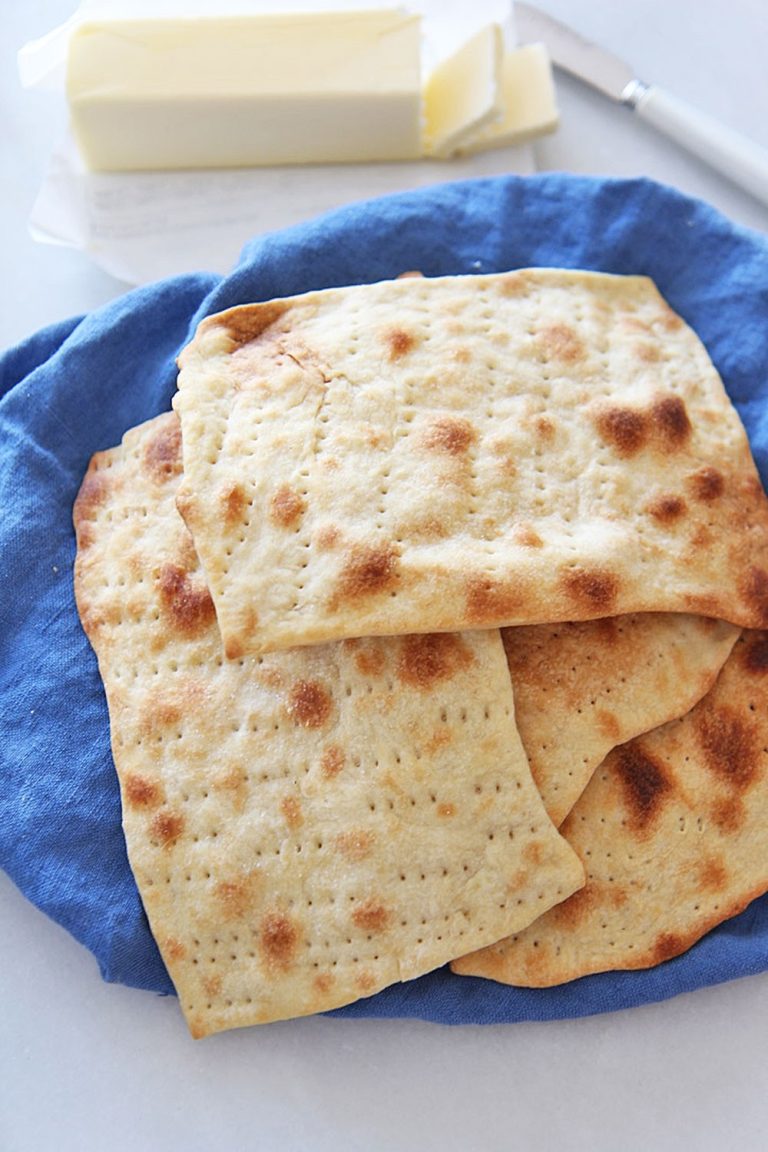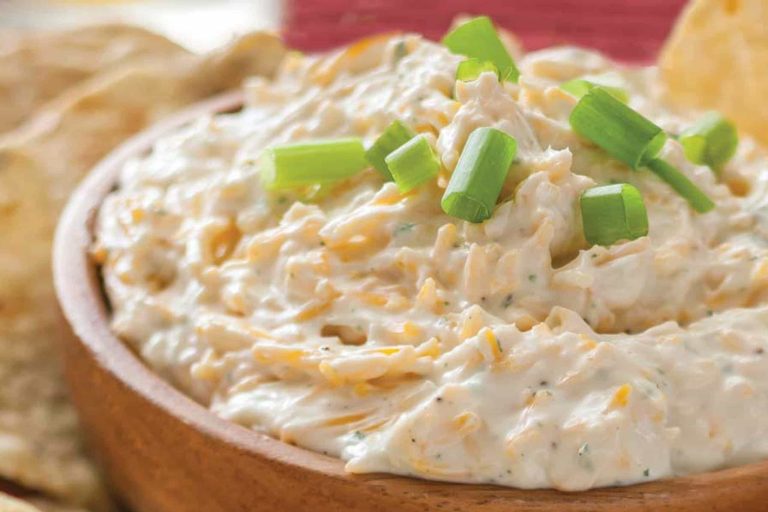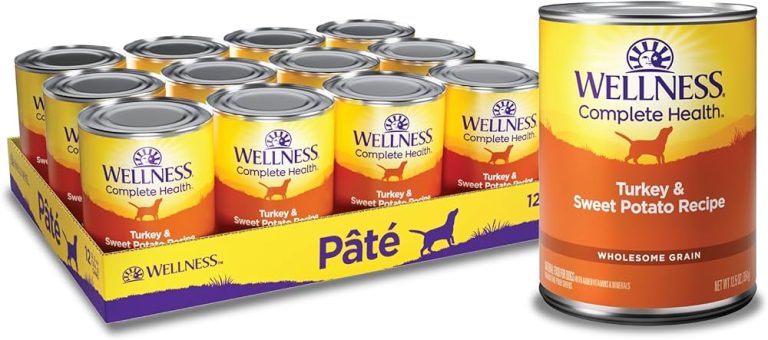Philadelphia Classic Cheesecake: A Delicious Evolution
Philadelphia Classic Cheesecake traces its roots back to the 19th century. Native to Philadelphia, this culinary delight became popular through the innovation of local bakers. The discovery of cream cheese as a key ingredient in 1872 marked a turning point. James L. Kraft introduced pasteurized cream cheese in 1912, revolutionizing the cheesecake’s texture and consistency. Evolving through the years, the recipe maintained its backbone while incorporating modern twists. Today, its legacy thrives in both traditional family recipes and contemporary culinary creations.
Key Ingredients and Traditional Recipes
The foundation of Philadelphia Classic Cheesecake lies in its simple yet impactful ingredients. The primary component, Philadelphia cream cheese, offers unmatched creaminess. Additional ingredients include sugar, eggs, vanilla extract, and a graham cracker crust, each contributing to the distinct taste. Traditional recipes involve blending softened cream cheese with sugar until smooth, then adding eggs and vanilla extract. The mixture is poured over a buttery graham cracker crust and baked until set. While variations exist, this classic preparation defines the authentic Philadelphia cheesecake experience.
What Makes Philadelphia Classic Cheesecake Unique
Cream Cheese as a Core Ingredient
Philadelphia Classic Cheesecake centers on the use of cream cheese. Originating in 1872, cream cheese by Philadelphia has become the gold standard. It provides a smooth texture and rich flavor. Unlike other cheesecakes that might use ricotta or mascarpone, Philadelphia cheesecake exclusively uses cream cheese, ensuring consistent quality. The balance of tanginess and creaminess sets it apart from other types.
Texture and Flavor Profile
The texture of a Philadelphia Classic Cheesecake is notably smooth and dense. This distinct mouthfeel comes from the high-fat content in cream cheese. Additionally, the well-blended mixture of sugar, eggs, and vanilla extract contributes to a creamy consistency. The flavor profile combines the slight tanginess from the cream cheese with the sweetness of sugar and warmth of vanilla. The graham cracker crust adds a complementary crunch and subtle sweetness, enhancing the overall flavor experience.
Best Ways to Serve
Serve Philadelphia Classic Cheesecake chilled to maintain its dense, creamy texture. Cut slices with a hot knife for clean edges. Garnish each slice with fresh fruit, such as strawberries or blueberries, to add color and contrast. Drizzle fruit compote or caramel sauce for extra sweetness. Top with a dollop of whipped cream for added richness. Alternatively, serve plain to let the cheesecake’s unique flavor shine.
Pairing with Beverages
Pair the cheesecake with beverages that complement its rich, tangy flavor. Serve with a glass of Moscato d’Asti for a sweet, bubbly experience. A bold espresso or a cup of strong black coffee provides a contrasting bitterness. For a non-alcoholic option, offer a robust black tea or a light, fruity herbal tea. Each pairing enhances the cheesecake’s flavor profile, creating a balanced and enjoyable dessert experience.
Comparative Analysis
Philadelphia vs. New York Style Cheesecake
Philadelphia cheesecake offers a lighter, creamier texture. This style primarily uses Philadelphia cream cheese, which gives it a unique tanginess and smooth mouthfeel. The graham cracker crust further enhances its distinct flavor profile.
In contrast, New York cheesecake boasts a denser, richer texture. This variant often incorporates heavy cream or sour cream for added richness. The crust is typically made with crushed cookies, like graham crackers or digestive biscuits. The baking method, usually a slow bake at a low temperature, contributes to its firm structure.
Other Popular Variants
Italian Ricotta Cheesecake uses ricotta cheese instead of cream cheese, providing a grainier texture. It’s often less sweet and includes ingredients like citrus zest or chocolate chips.
Japanese Cheesecake combines angel food cake and traditional cheesecake elements. Its airy, soufflé-like texture comes from whipped egg whites folded into the batter, resulting in a lighter dessert.
No-bake Cheesecake skips the oven, relying on gelatin or whipped cream for its structure. This variant allows for easy customization with various flavors and toppings, making it a versatile dessert option.
Conclusion
The Philadelphia Classic Cheesecake remains a timeless dessert that continues to captivate taste buds with its rich, creamy texture and perfect balance of flavors. Whether you’re a fan of the traditional recipe or enjoy experimenting with different cheesecake styles, there’s no denying the appeal of this classic treat. Pair it with your favorite toppings or serve it plain to let its natural flavors shine. No matter how you choose to enjoy it, the Philadelphia Classic Cheesecake is sure to be a hit at any gathering.
